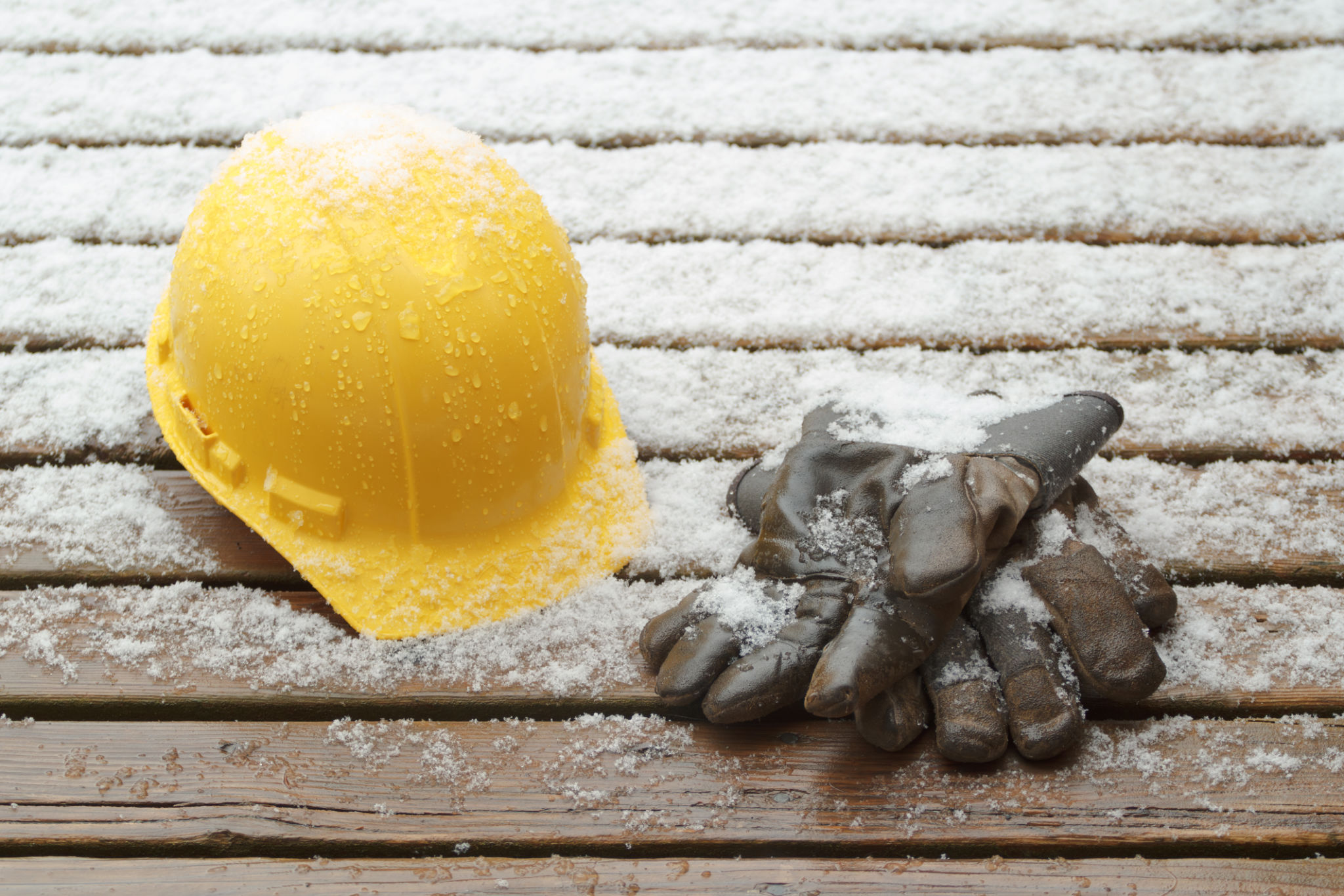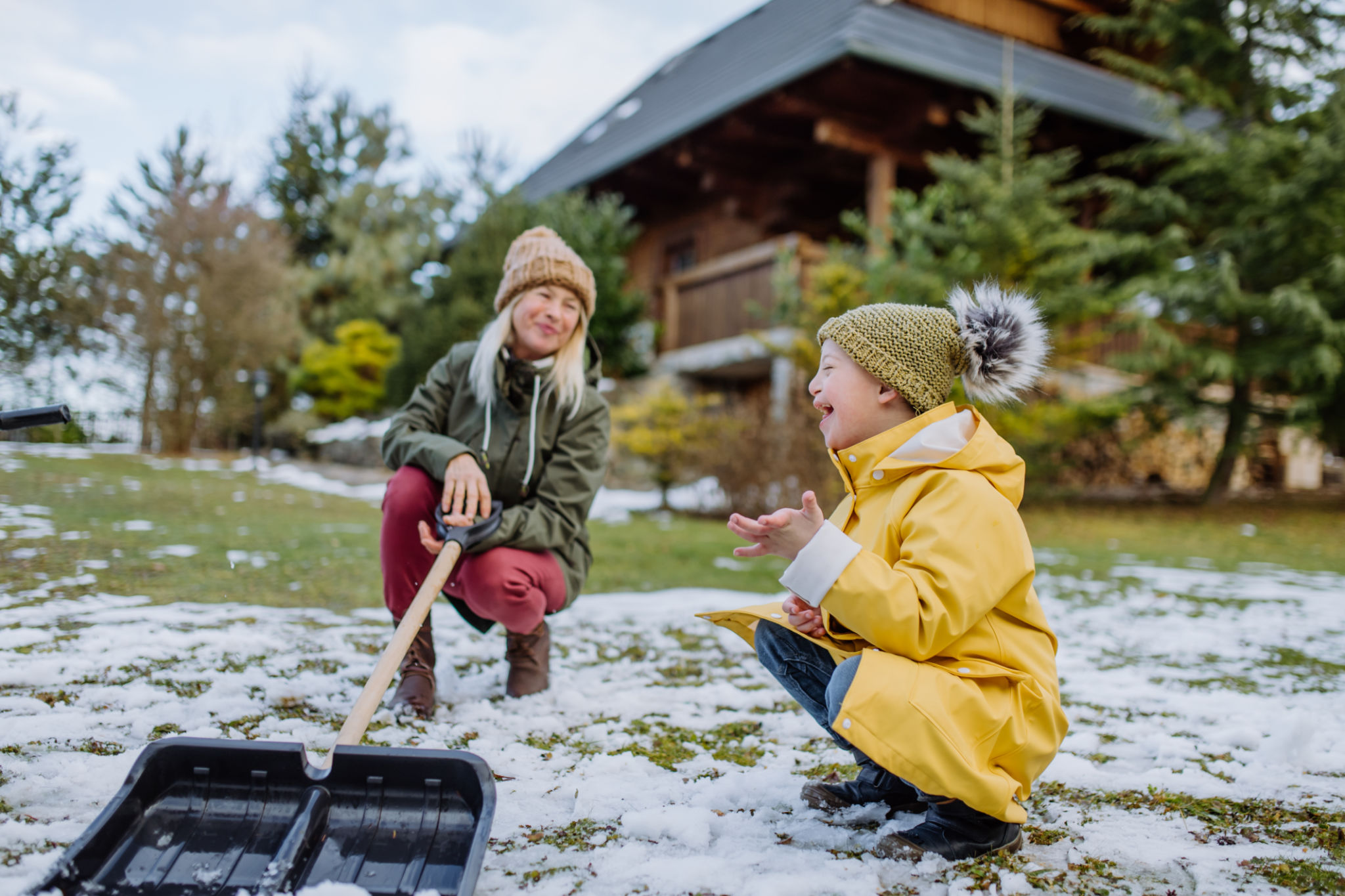Seasonal Safety Training: Preparing for Winter in Western Montana
Understanding the Importance of Winter Safety
As winter approaches in Western Montana, it’s crucial to prioritize safety training for both individuals and businesses. The region is known for its harsh weather conditions, including heavy snowfall and icy roads. Preparing for these challenges can help prevent accidents and ensure that everyone stays safe throughout the season.
Winter safety training should be a comprehensive approach that covers various aspects of daily life and work environments. Whether you’re an employer looking to protect your employees or an individual concerned about your own safety, understanding the risks and how to mitigate them is essential.

Preparing Your Vehicle for Winter
One of the most important aspects of winter safety is ensuring that your vehicle is ready for the season. Icy roads and poor visibility can make driving particularly hazardous. Here are some steps to take when preparing your vehicle:
- Inspect your tires: Make sure they have adequate tread and are properly inflated.
- Check your battery: Cold weather can affect battery performance, so ensure it’s in good condition.
- Stock an emergency kit: Include items such as blankets, flashlights, and non-perishable food.
Safe Driving Practices
Even with a well-prepared vehicle, it’s important to adopt safe driving practices during winter. Reduce your speed, maintain a safe distance from other vehicles, and always be prepared for sudden changes in weather conditions. Staying informed about weather forecasts can also help you plan your trips more effectively.

Workplace Safety in Winter
For businesses, ensuring workplace safety during the winter months requires extra attention. Snow and ice can create hazardous conditions around entryways and outdoor workspaces. Implementing safety protocols can help minimize risks:
- Regularly clear snow and ice: Keep walkways and parking lots free of snow and ice to prevent slips and falls.
- Provide proper training: Ensure employees are trained on how to handle equipment safely in cold conditions.
- Promote awareness: Keep employees informed about potential hazards and encourage them to report any concerns.
The Role of Personal Protective Equipment (PPE)
Equipping employees with the right PPE is vital during the winter months. This includes insulated gloves, waterproof boots, and high-visibility clothing. Such gear not only keeps workers warm but also enhances their safety while performing tasks outdoors.

Preparing Your Home for Winter
Winter safety isn’t just limited to vehicles and workplaces; it extends to your home as well. Taking steps to winterize your home can prevent accidents and reduce energy bills. Start by inspecting your heating system to ensure it’s working efficiently. Seal any drafts around windows and doors to keep the cold air out.
Additionally, have a plan in place for power outages, which are not uncommon during heavy snowstorms. Keep flashlights, batteries, and other supplies easily accessible. Regularly check for ice dams on your roof to avoid water damage.
Community Preparedness
Finally, consider how you can contribute to your community’s preparedness for winter. Participate in local safety workshops or volunteer with organizations that help vulnerable populations during the cold months. By working together, communities can enhance overall safety and support each other through the challenges of winter.

